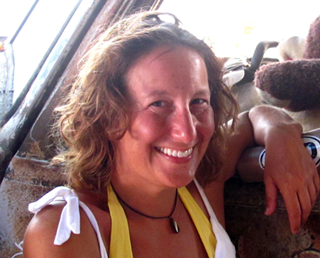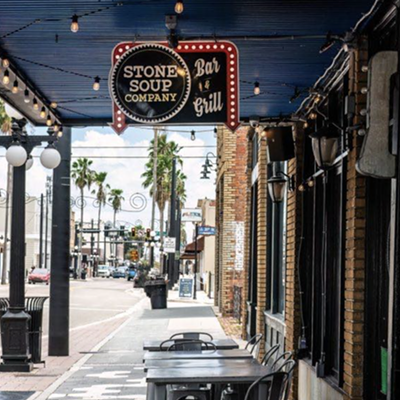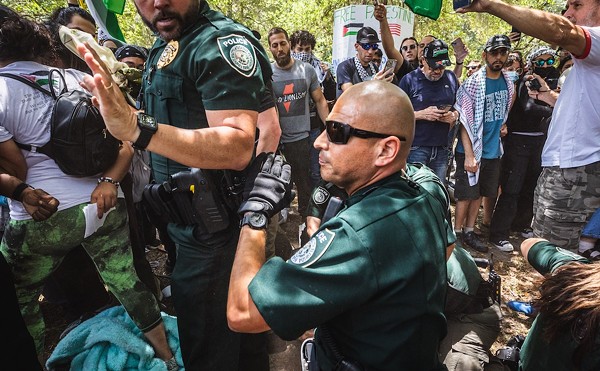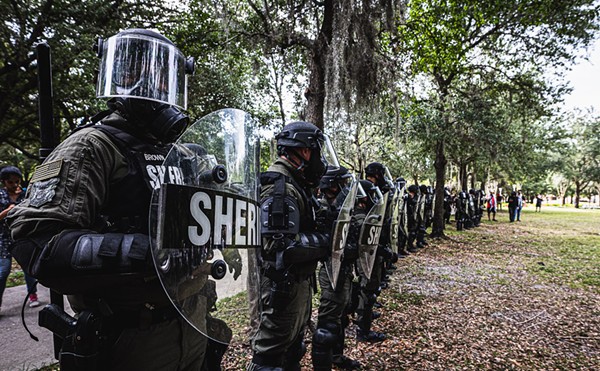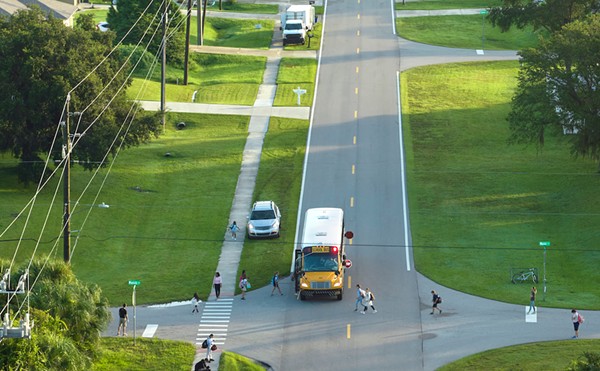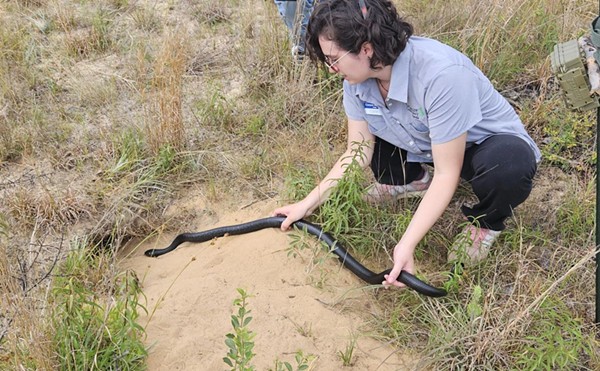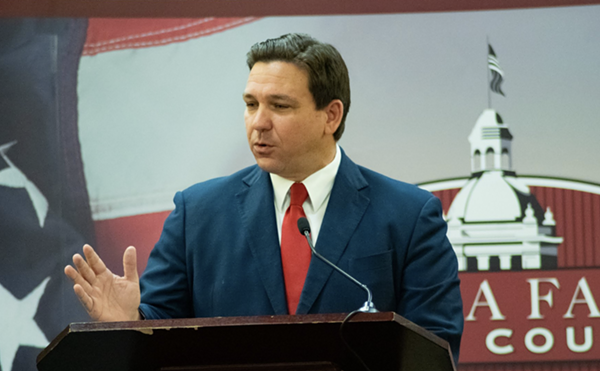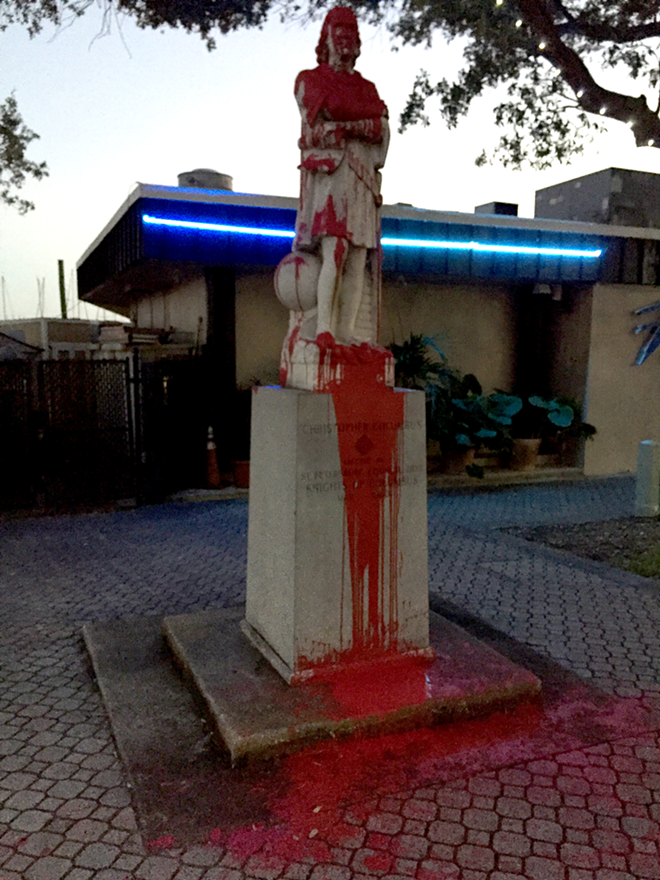
Nothing says "give thanks" like fake blood on a Christopher Columbus statue.
Around 6 p.m. on Thanksgiving night, photos of a "bloody" Christopher Columbus statute by Fresco's Waterfront Bistro in downtown St. Petersburg started making the rounds on social media. The Knights of Columbus Council, a Catholic charity, erected the statue there in May of 1960.
We know what you're thinking, but no, it wasn't stigmata. St. Petersburg Parks and Recreation Department promptly sent staff to clean the "blood" off the statue; it was likely red paint, according to the mayor's office.
While vandalizing statues of Christopher Columbus does happen – in Detroit, locals found a Columbus statue with a hatchet through the head and fake blood oozing from the "wound" – the vandalism tends to happen on Columbus Day, not Thanksgiving.
Such protests revolve around Columbus' reputation as the one who "discovered" the Americas and exploited the people who, in 1491, called the two continents and surrounding islands home.
While no one's saying Europeans didn't destroy the indigenous cultures they found here, historically, the vandal missed a few details. Since we can't contact the vandal directly, we're hoping he or she sees this piece because, well, #TheMoreYouKnow.
One: Christopher Columbus didn't discover America.
Tons of evidence suggests pretty much everyone else made it here first, from the Vikings (around the 10th century) to the Chinese (1421). By the time Columbus got into the game, our big ol' continent was mostly old news, meaning all the bad things that happened later aren't because of his actions. So perhaps go find a Viking statue or Chinese statue to deface.
Two: Columbus didn't exactly arrive and conquer.
Columbus landed in the Caribbean, where the Carib tribe took the Donald Trump approach to immigrants: they fired poison arrows at any new arrivals, because nothings says welcome like death by poison arrow. Yes, OK, he did enslave some of the locals, but this was the 15th century, and while there's no excuse for such inhumanity, we'd like to point out Columbus didn't exactly invent the idea. While Columbus was no saint, and was kind of a total dick, actually, he wasn't nearly as bad as the men who came later in the name of "God."
Three: The Spanish Conquistadors did far worse things.
Hernando de Soto brought over some friars and priests who helped assist the locals find either "Jesus" or their eternal resting place (and, on occasion, both).
They also enslaved the locals.
These guys almost make ISIL look like, well, the Knights of Columbus. But that's beside the point.
Four: The French were also kind of a bunch of jerks. Please hate local.
Florida suffered little at the hands of Columbus, but the French and the Spanish? They arrived shortly after Columbus and commenced conquistadoring like nobody's business. Once they landed along Florida's northeast coast they proceeded to try to simultaneously wipe out one another as well as the locals. Check out Jacques LeMoyne's account of Rene de Laudonniere's attempt to colonize Florida. Page B-28 shows roughly 2,037 Frenchmen attacking four indigenous folk (of course, two pages later there's a lovely artist rendering of a local stabbing a Frenchman through the penis. NSFW, obvs).


